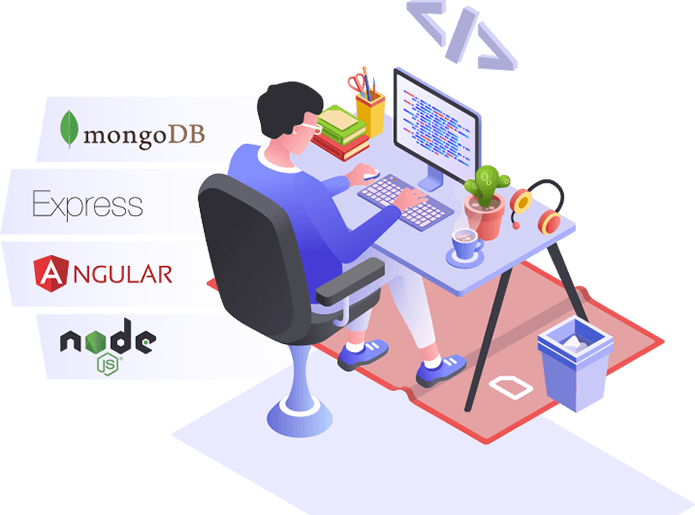

MongoDB comes with Mongo Shell, a JavaScript interface for querying, updating, and deleting records. Its flexibility enables users to set up tables, schemas, and more. It is an open-source, cross-platform, document-centric, extensible NoSQL database. You have probably noticed that MEAN and MERN stacks are similar in a few ways, and yes, it is true! Both stacks share the following building blocks: MongoDB Let us go over them one by one, so you can get a broader perception of how it relates to each other and the aspects that make them unique. There are many similarities and differences between MEAN and MERN stack. The Model View Controller architecture automates the development process to deliver powerful end-to-end solutions.A streamlined development process based on the MVC architecture.Only JAVA and JSON are required for the entire process.With the MERN stack, you get to develop scalable solutions while maintaining consistency across data centers and accomplish simple yet sophisticated UI rendering for your app. MERN is the abbreviation of MongoDB, ExpressJS, ReactJS, and NodeJS.


JavaScript is used throughout all coding.It is easy to develop all types of applications.So without further ado, let us discover the advantages of the MEAN stack.
#MEAN STACK SOFTWARE#
And nowadays, a growing number of software development companies are making sure they hire mean stack developers who are capable of building a complete web or app from square one without inconsistencies. It helps in the start-up culture where a quick turnaround time is not a luxury but a necessity. With MEAN stack’s easy-to-learn approach, developers have been able to reduce development time to a substantial level. MEAN is the abbreviation of MongoDB, ExpressJS, AngularJS, and NodeJS. The distinction between MEAN and MERN stacks is that MEAN uses AngularJS as a front-end network, while MERN uses ReactJS. There are many debates about which one is most suitable.

The finest examples of this are MERN and MEAN stacks.
#MEAN STACK FULL#
While there are various specific front-end and back-end technologies for the respective parts of the development, full stack provides the best of both worlds. The technology stack comprises frameworks, databases, and runtime environments and is necessary to operate an application. Things to consider before choosing the right stack for your project.Other overlapping features between MEAN and MERN stacks include.And then draw the axis manually with axis(1).Ĭurve(dnorm(x, mean=mu, sd=s), from = 0, to = 80, xlab="Horas", ylab="f(x)", xaxt="n") If instead you want to add the mean not at the margin but to the x-axis itself, you would have to first suppress the drawing of original x-axis inside curve() by adding a xaxt='n' parameter. You can adjust the y-position of the text with the line = argument. Title.adj = 0, lty = 0, lwd = 0, box.lty = 0 ) Instead of text() use mtext() (which stands for margin text): mu <- 41 s <- 5Ĭurve(dnorm(x, mean=mu, sd=s), from = 0, to = 80, xlab="Horas", ylab="f(x)")


 0 kommentar(er)
0 kommentar(er)
